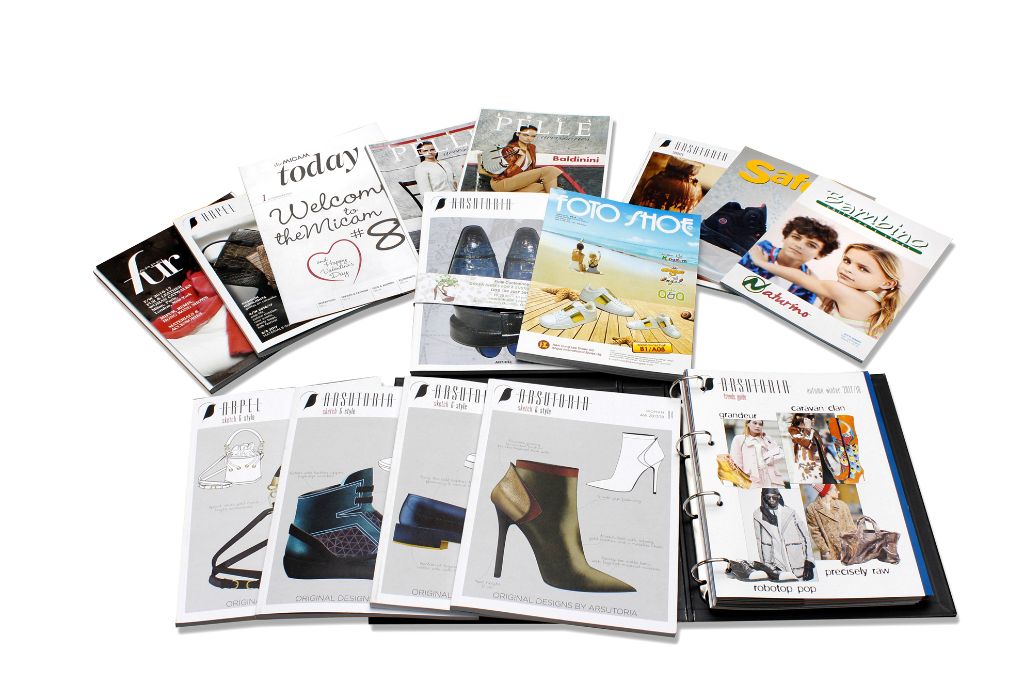The annual snapshot of the footwear, leather goods and tanning machinery/technology sector confirms that it is in good health
“2014 was a year full of change and success for Assomac but we must not and cannot stand still. It is crucial to continue riding the changes and show that we can rise to the transformations witnessed on the international front and reinvent ourselves. It is no longer sufficient to be present on our consolidated strategic markets. The key to the future is a focus on young people and company growth; offering our clients an added value that we can guarantee because we have greater experience than our foreign competitors.”
These are the words of President Giovanni Bagini following the General Meeting of Assomac, the Association of Italian Manufacturers of Footwear, Leathergoods, Tannery Machines and Accessories, which offered an opportunity to present an updated study on the sector’s good health.
The snapshot of the sector, produced every year by the Assomac study office, reveals some key fundamentals: machinery for footwear, leather goods and tanning is a niche segment but one that represents an absolute excellence worldwide. Furthermore, despite the turbulence that characterized the whole Italian and international scenario, in the last year the sector has shown its ability to interpret the changes seen and to adapt with fitting visions and strategies.
The Italian Tanning, Footwear and Leather-Goods Machinery Industry
|
|
2014 |
2013 |
Change % 2014/2013 |
| Companies |
235 |
230 |
+2.17 |
| Employees |
4,060 |
4,000 |
+1.50 |
| Production (million Euro) |
518.00 |
472.81 |
+9.56 |
| Export (million Euro) |
422.00 |
378.80 |
+11.40 |
| Import (million Euro) |
28.61 |
29.94 |
-4.44 |
| Trade balance (million Euro) |
393.39 |
348.86 |
+12.76 |
Source: Assomac Study Office
Confirmation comes primarily from production data showing a rise to just under two figures (+9.56%). This trend was mainly sustained by exports (+11.4%), which represent 81.5% of the Italian industry’s turnover in the sector. These figures confirm that the sector is healthy and the technological investment made by companies to remain leaders in their niche markets. In the past year, the sector has not only managed to grow, it has also maintained the growth trend, re-confirming the previous year’s already excellent results.
“Italian technological excellence comes from a constant exchange of ideas with users – continues Giovanni Bagini, outgoing President of Assomac. This stems from an ability to interpret, via engineering, the creative need for efficiency and efficacy of client companies’ industrial processes. It is no coincidence that Italy has long been the top exporting country in this sector and the leading country on all the markets that produce tanning, footwear and leather goods.”
On an Italian and international scenario marked in recent years by changes that have impacted strongly on company life and procedures, some key new structural aspects have emerged: in 2014, both companies (235) and employees (4,060) showed renewed dynamism, a sign that the positive general situation will not be short-lived and is seen by operators as more structural, despite turbulence in the world economy.
The first objective traced by Assomac for the future is to maintain the focus on company growth, offering clients not only machinery but services too. “The change calls not only for growth in terms of size, client assistance and loyalty marketing – continues Giovanni Bagini, outgoing President of Assomac – To compete properly with foreign companies we must also adapt our corporate strategies.”
In the footwear machinery sector, for instance, nearly 50% (10.3 million) of the approximately Euro 21.3 million rise in Chinese exports in 2014 centred on four countries: Vietnam, Indonesia, Russia and Brazil. The main component in this growth (6.4 million) consisted in an increase in Chinese exports to Vietnam and Indonesia. This growth confirms a world footwear-production trend that is shifting towards countries with lower labour costs because constantly rising labour costs in China are making it less competitive price-wise than the other two Asian footwear manufacturers. This is a new competitive scenario in which Chinese footwear manufacturers are also looking outside their own country.
This further shift southeast of the world’s footwear production is yet another demonstration of the need for a global market approach and larger operations than in the past.
“This is really no different from the process commenced and completed on the exhibition front: becoming larger and more global entailed moving the new Simac Tanning Tech to Milan – explains Giovanni Bagini, outgoing President of Assomac. In doing so, we wanted to open up new prospects in terms of visitors and business contacts, especially with a view to the global world. Not just abroad but the whole world because Italian technology is competing worldwide.”
Next comes training, which has gained crucial importance in recent years and cannot be ignored. “We must consider the urgency of tackling a generation change in our workers – ends Giovanni Bagini, outgoing President of Assomac. We must work to attract skilled labour, on the one hand, and, on the other, to train and interact with the school system so that it develops people who are guaranteed employment when suitably prepared. The time has come to invest in human resources because they are our future. Today, research is not just about building new machinery but about improving the efficiency of existing machines, too. To do this, we need young people who are driven and able, solidly trained and willing to take a gamble on our sector.”
Vigevano, 3 July 2015



